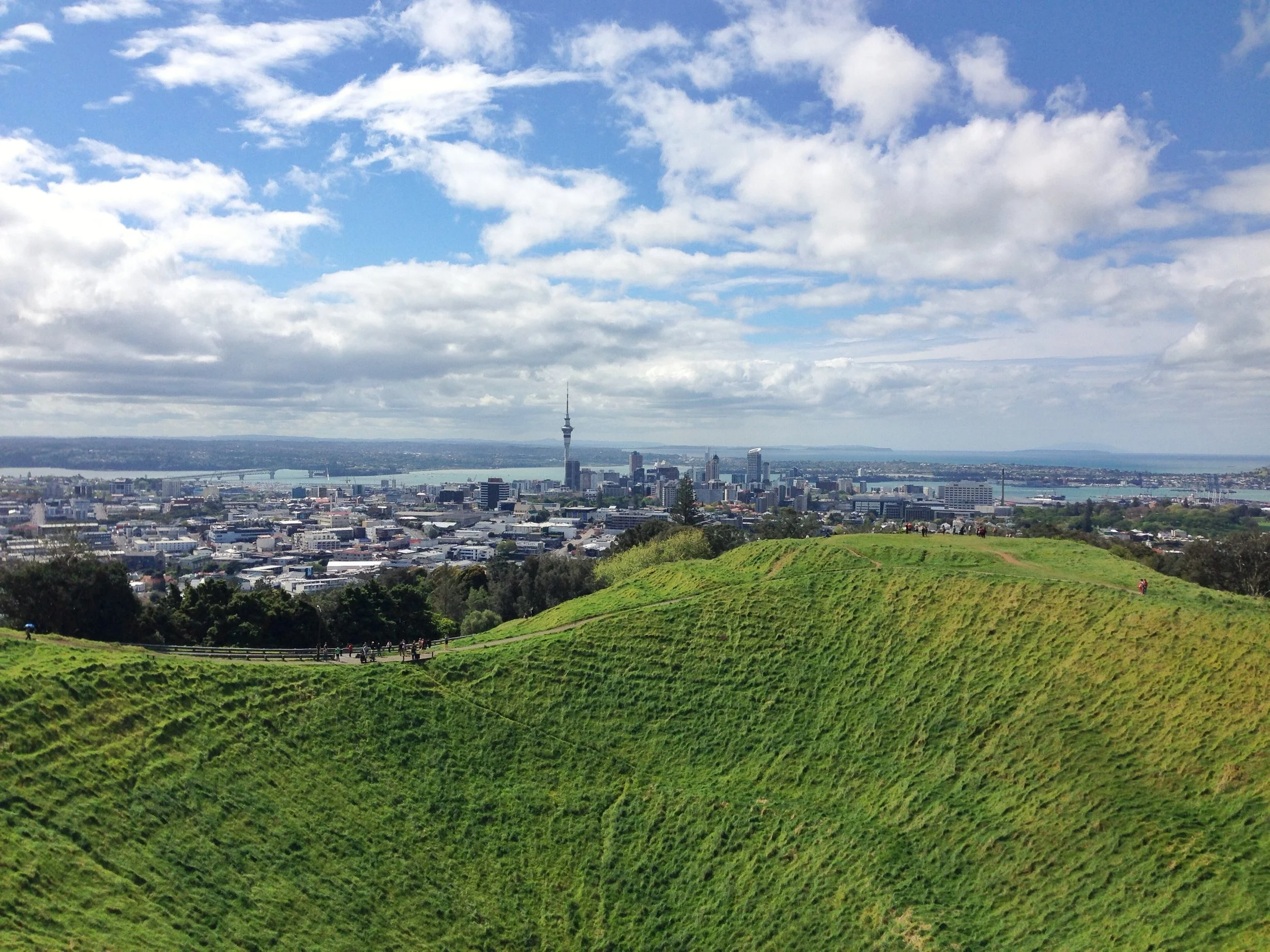
Reimagining Health Together
Strengthening healthcare through collaborative change
Localities | Ā-rohe
Understanding the health reform changes
Page contents updated 18 July 2022.
What is a locality?
The Health Reforms have introduced the concept of ‘localities’. This kaupapa calls for a whānau centred population-based approach to address health and wellbeing, recognising the range of socio-economic factors that can impact on health outcomes.
The local needs identified by the community and Mana Whenua will be delivered by organising health and wellbeing services to support locally co-designed solutions. The idea is that care across the locality will be more connected, consistent, and integrated across the different layers of the health and social system to ensure equitable health and wellbeing outcomes.
At this stage, the parameters of localities are yet to be defined. What is known so far is:
A locality is made up of communities and populations within geographically defined areas and small enough to have a local feel
It is expected all people in Aotearoa will fit into a locality that reflects their whānau and community
The areas will be determined by Te Whatu Ora (Health New Zealand) and Te Aka Whai Ora (Māori Health Authority) together with communities
Each locality will not be a formal entity capable of holding contracts
Each locality will be supported by a provider network
There will be a two-year programme to roll out localities in tranches
It is expected to that there will be a range between 70 to 80 (maybe more) localities covering all of Aotearoa New Zealand by 1 July 2024
Localities are seen as the mechanism to engage with communities to understand local whānau needs and co-design services and solutions to meet those needs
It will require engagement of Iwi & Māori, Local Communities, Local Council, Primary and Community Providers, DHB providers / services and social service providers (possibly including Government agencies).
Venn diagram sourced and adapted from The King’s Fund demonstrates how an holistic approach could be taken.
What will a locality mean for the communities?
“Nationally planned, regionally delivered, and locally tailored.”
Communities, together with mana whenua, will be involved in deciding the health priorities for their community. Whānau will have more influence on what health and wellbeing services are available in their communities. It is an opportunity to advocate for the unmet needs by local whānau and close the gaps for inequitable access to care.
Over time, it is expected that care will be delivered in a more seamless and equitable manner, with increased accessibility, improving health and wellbeing outcomes in the community. Once established, we expect whānau will have fewer touch points along a less fragmented care pathway. Care will be a wrap-around service, where a range of providers will work together behind the scenes and simplify the whānau experience.
What will a locality mean for providers?
Care provided in a locality is expected to be more connected. This will rely on a range of providers working together in an integrated partnership with Mana Whenua. A diverse spread of providers in the locality will cater to the needs of whānau and their community.
We can expect from the holistic approach, health and wellbeing providers to be working closely with other community organisations that have a role in supporting people. It is anticipated that providers will be coordinated through a provider network. This will enable better support for all whānau needs, across areas like housing, employment, and finances, alongside healthcare.
It is anticipated that provider networks will span across more than one locality to ensure consistency. This is particularly important in Tāmaki Makaurau, where it is more common for whānau to access care outside of their domicile areas e.g. care closer to work.
Why participate in the development of a locality in my area?
This is an opportunity to get involved with your local community and start building the relationships with other providers in your area and form partnerships.
Involvement with your local locality will provide the opportunity to contribute with the co-design of future services and help shape the solutions to serve whānau needs.
Who will lead a locality?
The success of a locality will be underpinned by active participation of its stakeholders. The locality needs to be driven by the voice of whānau in the community. Locality facilitators will help guide the direction of travel from the decisions made by the locality group. It is unclear at this stage who will be accountable for a locality.
How will localities be funded?
We are awaiting guidance from Te Whatu Ora and the Te Aka Whai Ora.
There will be learnings from the initial locality prototypes. There is still ongoing testing of initial thinking and ironing out details around how the range of providers and health and wellbeing agencies will work together and deliver improved health and wellbeing outcomes.
Establishing a locality plan
It is anticipated that when a locality is formally recognised by Te Whatu Ora, Te Aka Whai Ora and Mana Whenua, a budget will be allocated for developing a locality plan. Although we do not know the exact amount, it is recognised from the locality prototypes that funding will be modest.
Once established
It is still unclear what future funding will look like. We are still waiting to learn from the locality prototypes.


